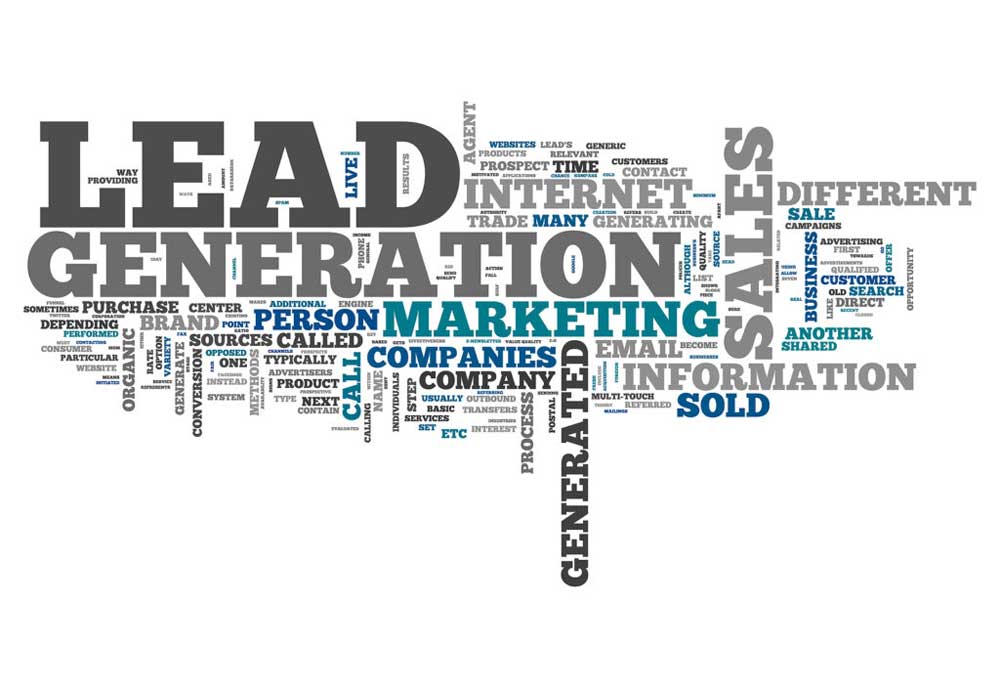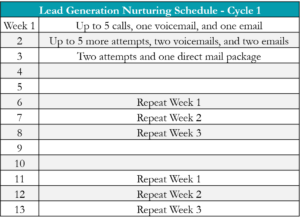blogs
B2B Lead Generation Starts with Strategy NOT Technology

Recently, I looked at the Martech landscape map from Chiefmartech.com. It is an eyechart with over 8,000 companies now listed. It seems that I get emails from all of them pitching their new products or new features. As a marketing services agency leader, I must keep up with the new trends and quite frankly it is overwhelming even for me. I am not surprised when clients are confused and start telling me what they have in their Martech stack or that they have just implemented the newest, latest, and greatest Martech solution but are not seeing the results that they had hoped for.
I always start my discussions with prospective clients with what is your customer acquisition strategy. Why? Because once you have your customer acquisition strategy and goals, then you can work backwards to determine how many leads you need to generate. Without having a clear customer acquisition strategy with actual numbers in place, you are probably just wasting money buying MarTech tools and services.
Lead gen strategy is a subset of your overall customer acquisition strategy. B2B lead gen is difficult because most B2B buyers are bombarded with marketing messages, unsolicited emails and sales calls, and overwhelmed with options. They are professional, usually part of a group decision-making process, and have professional and in some cases personal credibility on the line when making purchasing decisions or recommendations. The higher the cost of service or good the more on the line for the buyer and his organization and thus the more involved the sales process for the vendor. How you solve the buyer’s problem and reduce both organizational and personal risk are important factors that many sellers don’t consider in their strategies and messaging.
When creating your lead generation strategy, you should also consider the following questions: (1) How many times will you connect with that lead? Studies show that it takes dozens of attempts and interactions with B2B buyers at every stage of the sales funnel to close a sale. (2) How persistent and patient is your company? (3) How will you follow up with leads that respond? (4) How can you be creative in connecting with leads without annoying them? You will have to provide timely, relevant, and company-specific information to keep leads engaged and moving forward. What processes and technology do you have or plan to put in place to convert leads into prospects in a cost-effective and efficient manner? These are all questions to which you should have answers when determining your lead gen strategy. Below is a sample LG nurturing schedule.

Example Lead Gen Nurturing Cycle
A few points about the LG nurturing schedule. It is industry and company specific. Companies: (1) vary the cycles; and (2) implement between 3 to 6 cycles, varying the message and being more lead specific. In general, making phone calls is best suited for more complex, high value, longer sale-cycle products and services. Calling is probably not the best use of your sales rep’s time for lower-value, simple products and services.
Additional call attempts during weeks 2, 6, 7, 11, and 12 should be made at different times of the day including break and lunch times. The above cycle is a 3-week On, 2-week Off cycle. You should create your own lead gen nurturing schedules and measure your results to determine what works best for your specific industry. In later blog posts I will define qualified leads and how to find and nurture leads using current best practices.
Recent Post
Contact Us Today If You Would Like A Free Consultation.
Social Media

